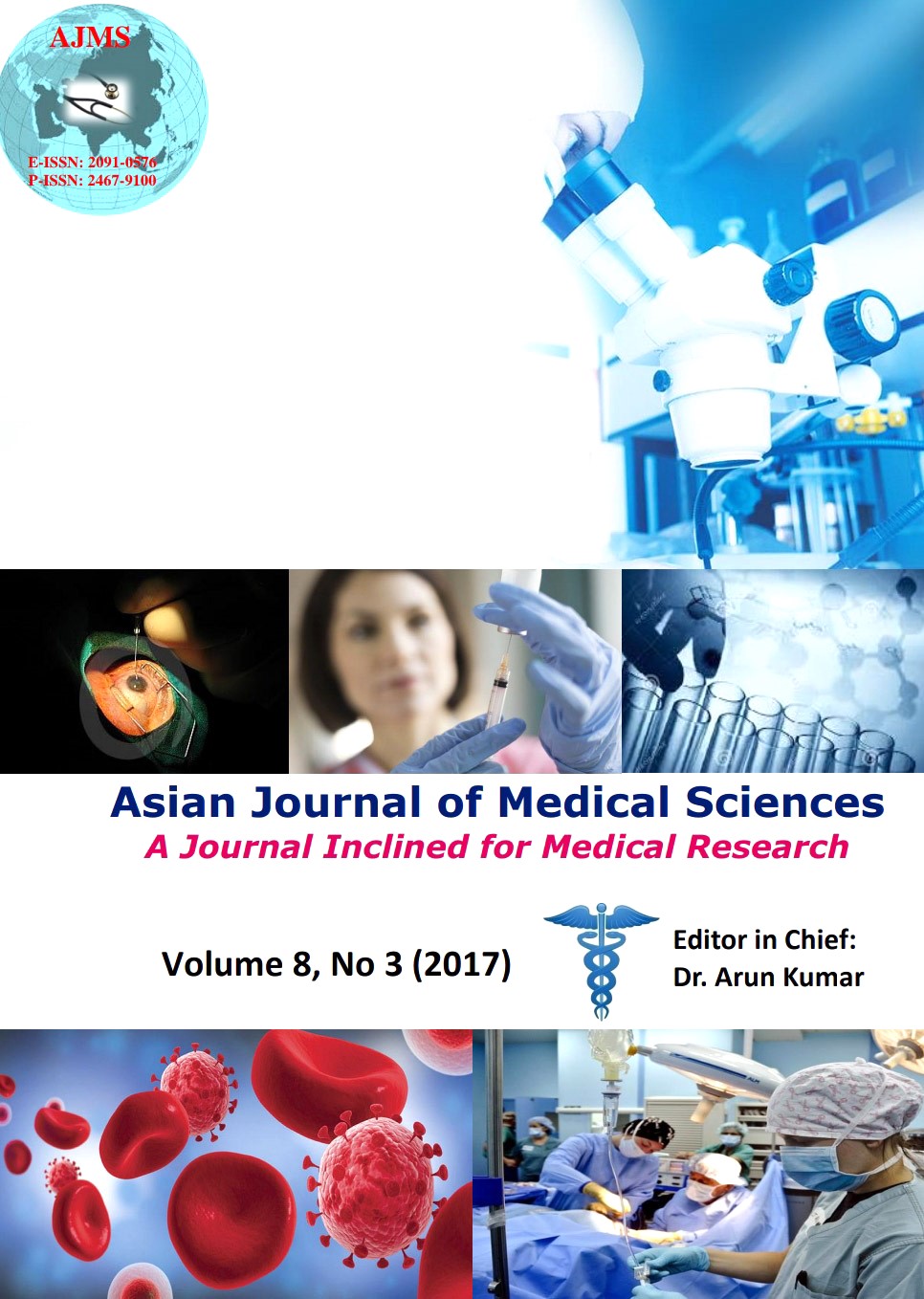A dietary supplement improves age-related dermatological changes. Observational, anecdotal, spontaneous study.
Keywords:
Skin physiology/structure, Hair treatment, Formulation skin care/stability/ texture/emulsions, Ageing, Nails structureAbstract
Background: The rate of people with significant dermis and epidermis disorders increases linearly with age. The majority of skin changes are a consequence of cumulative exposure to environmental factors, such as chronic ultraviolet exposure.
Aims and Objectives: Age-related dermatological changes include skin laxity, nails fragility, hair loss and hair breakage. This spontaneous, anecdotal observational study investigates if a dietary supplementation based on collagen, chondroitin sulfate, low-molecular weight hyaluronic acid, Pycnogenol® and coenzyme Q10 can improve age-related dermatological changes.
Materials and Methods: Thirty four patients received the dietary supplement for 2 times/daily for 12 weeks. Facial skin hydration, Trans Epidermal Water Loss (TEWL) and elasticity were assessed at baseline and after 12 weeks in five selected areas. Nails hardness of the index, middle and ring fingers were also assessed at baseline and at followup by a durometer and by a nail score. The Hair Mass Index (HMI) and the Hair Breakage Index (HBI) were assessed by a mechanical device together with hair score at baseline and after 12 weeks.
Results: After 12 weeks skin hydration, TEWL and elasticity significantly improved in all the tested areas (p < 0.01 and p < 0.001). Nails hardness of index, middle and ring finger significantly increased (p < 0.001) after 12 weeks. HMI and HBI were both significantly reduced (p < 0.0001) after 12 weeks. In addition, both nails and hair score improved.
Conclusions: Dietary supplementation significantly improved age-related dermatological changes.
Asian Journal of Medical Sciences Vol.8(3) 2017 16-25
Downloads
Downloads
Additional Files
Published
How to Cite
Issue
Section
License
Authors who publish with this journal agree to the following terms:
- The journal holds copyright and publishes the work under a Creative Commons CC-BY-NC license that permits use, distribution and reprduction in any medium, provided the original work is properly cited and is not used for commercial purposes. The journal should be recognised as the original publisher of this work.
- Authors are able to enter into separate, additional contractual arrangements for the non-exclusive distribution of the journal's published version of the work (e.g., post it to an institutional repository or publish it in a book), with an acknowledgement of its initial publication in this journal.
- Authors are permitted and encouraged to post their work online (e.g., in institutional repositories or on their website) prior to and during the submission process, as it can lead to productive exchanges, as well as earlier and greater citation of published work (See The Effect of Open Access).




